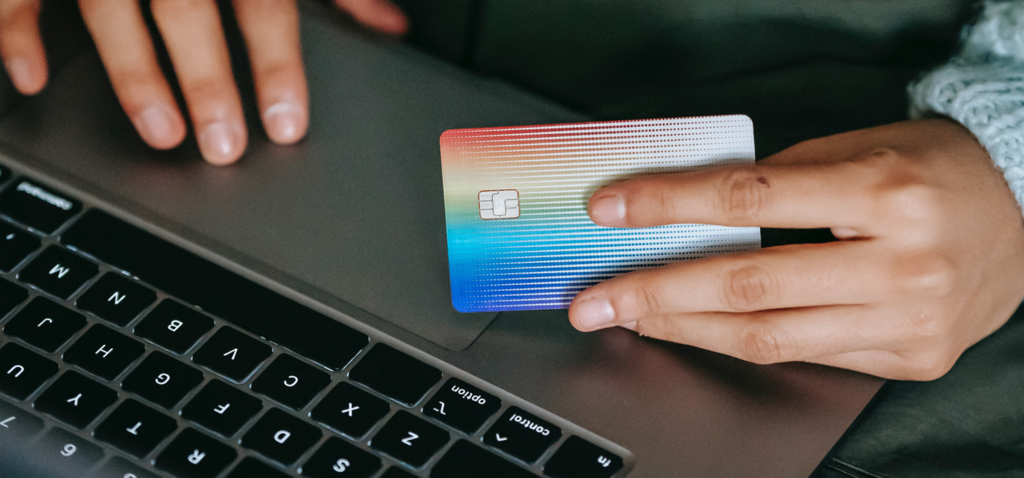Inside the Digital Bank Insurgency of 2020

The pandemic should get a lot of the credit for this, but 2020 was a good — no, make that a great — year for challenger banks and the broader group of digital banks.
At the beginning of 2020, just 3 percent of U.S. consumers considered a digital bank to be their primary bank. By the end of the year, that percentage had grown nearly fourfold to 11 percent. The breakdown by generation is astonishing.
In January 2020, just 4 percent of consumers between the ages of 21 and 55 (i.e., Gen Z, Millennials, and Gen X) called a digital bank their primary institution. By December, that percentage nearly quadrupled for Gen Zers and Millennials and nearly tripled for Gen Xers.
The growth in primary account status belies the extent to which digital banks have permeated the market. Although digital banks have just an 11 percent share of primary accounts, they’ve captured 17 percent of accounts that consumers consider to be their secondary account and 28 percent of the checking accounts consumers call their third-most important checking account.
Why do consumers consider their primary account their primary account? Direct deposit and primary debit card are at the top of the list across all types of institutions (or fintechs). But less than half of consumers between the ages of 21 and 55 cited those two factors as reasons…
Want to learn more?
Download our latest research piece, Competing with Google Plex and Digital Banks: How Community-Based Financial Institutions Can Regain Their Mojo, for free today.

